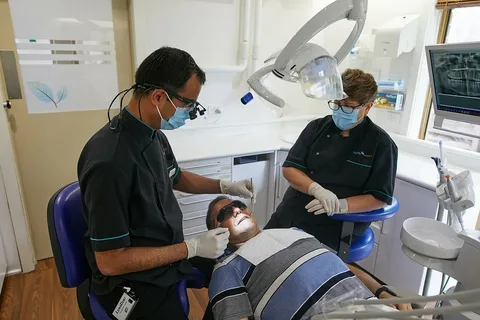Families often stumble across boxes of old film reels in attics, basements, or closets, unsure of what format they actually hold. These reels might contain valuable family memories—birthdays, vacations, or even school projects—but before sending them to a film to digital service, you need to know exactly what you have.
- What: Film comes in different sizes—8mm, Super 8, and 16mm are the most common home and semi-professional formats.
- Why: Each type requires different scanning settings and equipment. Identifying the format ensures accurate results when converting film to digital version.
- How: By carefully examining reel size, sprocket holes, and frame dimensions, you can determine which category your film belongs to.
Understanding the 8mm Format
First appearing in the 1930s, standard 8mm film was marketed as a budget-friendly alternative to 16mm. Families used it to document everyday life, as the smaller frame size and shorter reels made it affordable for home use.
You can usually recognize 8mm reels by their compact size, often just a few inches in diameter. When you look closely, the sprocket holes—the rectangular perforations running along the edge—appear relatively large compared to the image area. Each frame measures around 4.8mm by 3.5mm, which was sufficient for small home projectors.
When families choose an 8mm film to digital service today, the scans typically preserve the grain and character of these vintage reels. The quality may not match modern HD video, but the nostalgic look and feel are precisely what makes them valuable.
Spotting Super 8 Film
By the mid-1960s, filmmakers wanted sharper images and more efficient reels. The Super 8 format emerged as the answer, building on 8mm but with notable improvements. The most obvious difference lies in the sprocket holes. On Super 8 film, the holes are smaller and positioned closer to the edge, which allows for a larger exposed image area. Each frame is about 5.8mm by 4.0mm, noticeably bigger than standard 8mm.
Reels often came in lightweight plastic rather than metal, and Super 8 cameras were easier to load thanks to cartridge systems. This convenience boosted popularity throughout the 1970s and 80s, making Super 8 the format of choice for many home moviemakers.
When converting a Super 8mm film to digital, these reels usually produce brighter, clearer results than standard 8mm. The larger image area provides better detail, and color films from the era often hold up surprisingly well with the right scanning equipment.
Recognizing 16mm Film
If your reels look significantly larger, chances are you have 16mm film. This format dates back to the 1920s and was intended for schools, military training, and semi-professional projects. Unlike 8mm and Super 8, 16mm reels often measure anywhere from 7 to 12 inches across, holding much longer recordings.
The sprocket holes run along both sides of the film strip, and the frame size is roughly double that of 8mm. Due to its scale, 16mm film offers far greater clarity and was often used in professional contexts. When undergoing 16mm to digital conversion, the results are sharp, making it a popular choice for archival preservation. Many institutions and collectors still rely on this process to digitize educational films, documentaries, and historical footage.
Preparing Film Before Conversion
Once you know what format you have, the next step is preparation. Old reels may have sat untouched for decades, so they often need some attention before you transfer film to digital format.
Start with a careful inspection. Look for signs of deterioration, such as warping, mold, or a vinegar smell that indicates chemical breakdown. Reels in poor condition may still be scannable, but they require more delicate handling.
Rewinding the reels gently onto fresh cores helps relieve tension, especially if the film has been tightly wound for years. Storing reels in a cool, dry environment also stabilizes them before scanning. Finally, labeling each reel with dates or events makes the film conversion service smoother and helps organize your final digital files.
The Conversion Process
Professional services follow a series of steps to transfer film to digital format with accuracy. First, reels are cleaned with specialized tools to remove dust and particles that could appear on screen. Next, technicians check for weak splices or breaks. Then, the film is scanned frame by frame using calibrated equipment that captures steady images without flicker.
The final stage is output. Clients can choose among different digital formats depending on their goals. MP4 files are compact and easy to share, while larger files such as AVI or MOV preserve more detail for editing. Some people also request to transfer film to DVD, which provides a physical copy that can be played on standard DVD players.
Why Identifying Film Type Matters
Accurately identifying your film saves time and ensures the right scanning approach. 8mm film to digital conversions highlight nostalgia, Super 8mm film to digital format delivers better clarity, and 16mm to digital conversion provides archival-level results. By preparing your reels and selecting the right film to digital service, you make sure the final product reflects the true character of the original footage.
The Wrap
Film reels are more than just strips of celluloid; they’re personal histories waiting to be rediscovered. Understanding whether you own 8mm, Super 8, or 16mm is the first step before using a film conversion service. Once identified, your reels can undergo careful cleaning, inspection, and scanning, resulting in modern digital files that are easy to view, store, and share. By choosing to convert film to digital versions, you give those memories a new life while preserving the authenticity of the originals.








